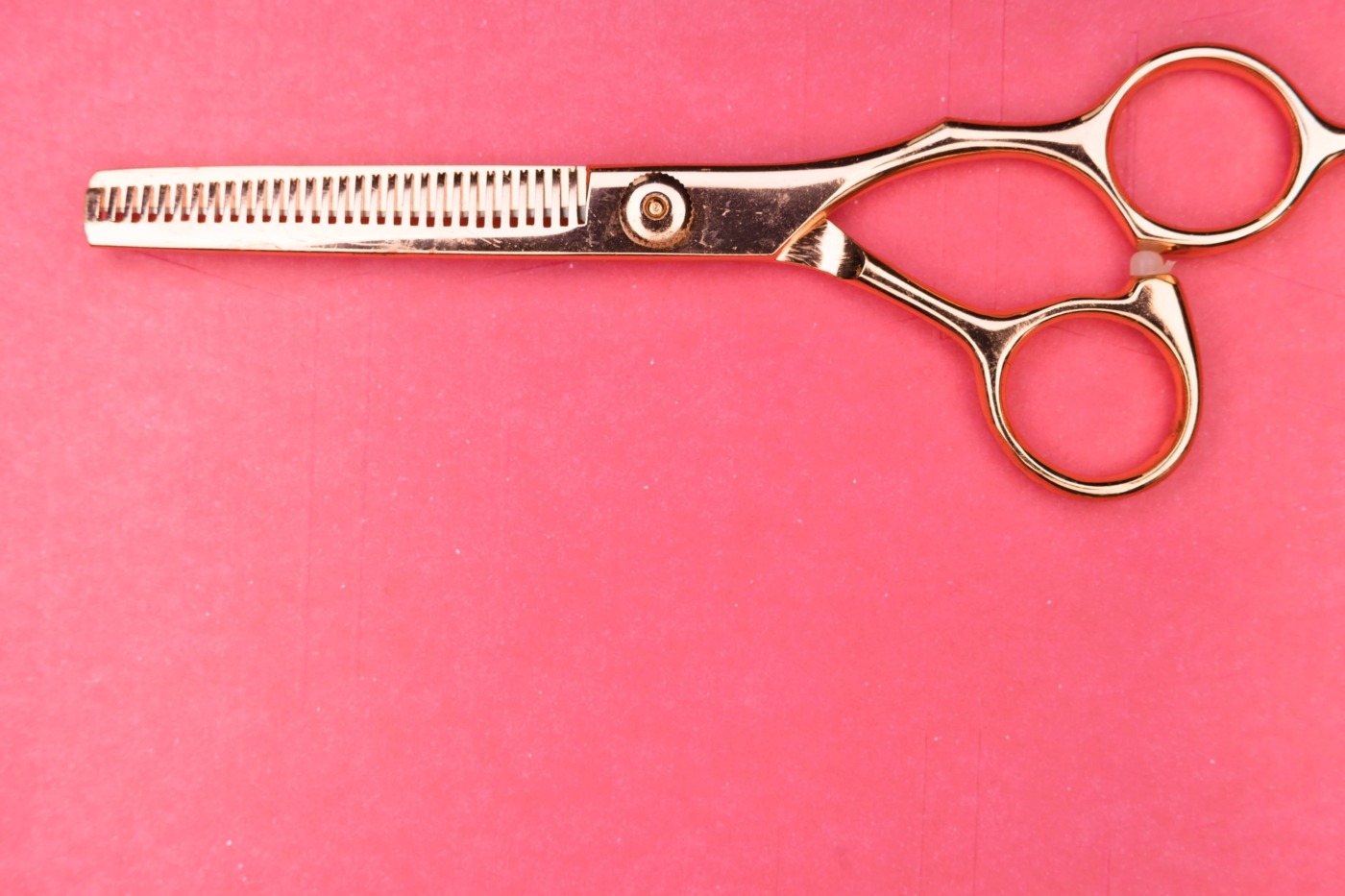‘Mulletmania’: how the controversial cut of the 1980s got cool
Familiar for its style of business in the front, party in the back, the mullet was divisive even in its heyday. With a variety of celebrities from David Bowie to George Clooney trying out the look, it became popular among musicians, athletes, and actors alike. The mullet transcended the traditional boundaries of class, creed, and profession, yet somehow gained a reputation for being painfully uncool.
Whether the mullet could have ever been considered genuinely fashionable is a topic of great contention, with many associating the cut with the somewhat awkward fashion of the 1980s (Patrick Swayze’s hair in Dirty Dancing being a prime example.)
If anyone could make a mullet sexy; it was going to be Rihanna
However, in 2020 the cut seems to be experiencing something of a renaissance, with celebrities such as Maisie Williams, Barbie Ferreira and Christine and the Queens rocking the look. Are you unconvinced by the mullet’s revival? Look to the 2020 Savage x Fenty lingerie show, where Rihanna styled her models in the controversial hairstyle as well as sporting it herself- if anyone could make a mullet sexy; it was going to be Rihanna.
While the not-so-brave may opt for a ‘shag’ haircut which is similar to a mullet but less hardcore, people like Miley Cyrus have fully committed to the look, and have been making headlines for it. With the A-list bringing back the mullet once again, it may be time to ask ourselves – should the marmite hairstyle make a comeback for good?
The term ‘mullet’ was originally used to refer to someone of limited intelligence, with the insult ‘mullet head’
Firstly, a brief history of the mullet. According to the American Dialect Society, the term ‘mullet’ was originally used to refer to someone of limited intelligence, with the insult ‘mullet head’ being present in popular culture from as early as the 1960s. Interestingly, ‘mullet’ was not used to describe the iconic cut until the 1990s, wherein the Beastie Boys coined the phrase in their song “Mullet Head”- well past its prime of the 1970/80s. That being said, people have been rocking mullets for centuries- there are records of the Huns sporting the hairstyle as early as the 6th century.
Fast-forward to the 1970s, and rock legends such as David Bowie, Paul McCartney and Keith Richards popularised the look, cementing the short-long hairstyle as a cultural moment in of itself. Inseparable from the spirit of rebellion, the mullet became iconic as part of the sexual revolution of the ‘70s, a protest against the confinements of conventional beauty.
It remains closely tied to queer identity today
Arguably the mullet is most significant in its contribution to queer history, as in the 1980s, lesbians would wear the haircut to signify their sexuality. In an environment where open homosexuality remained taboo, the mullet was not just a haircut, but an expression of pride, and it remains closely tied to queer identity today.
Perhaps it is unsurprising that 2020 has been the year for its resurgence. As mainstream fashion is increasingly embracing a more androgynous look, there has been more room for women and men alike to experiment with gender-neutral styling. Whereas in previous years the mullet was a hairstyle most sported by men, more women have been embracing the look, and as we are beginning to see more celebration of queer culture in the mainstream, it is refreshing to see a new appreciation for the style.
The world is on fire, now is the time to mess with your hair
The pandemic undeniably also has something to answer for. During lockdown, we were gripped by fashion icon Joe Exotic (great mullet, terrible person), which undoubtedly revived some memories of mullets that had been previously repressed. This coupled with how dire the past year has been on an international scale (wildfires, the pandemic, Trump), many have been pushed to take the final leap; the world is on fire, now is the time to mess with your hair. Isolating over lockdown meant a bonus – there was ample time to grow it out if it looked horrendous.
However, for some, it doesn’t look horrendous; it actually looks pretty good. Perhaps the most significant recent addition to the mullet hall of fame is Miley Cyrus, who has recently been seen sporting the style after she braved the cut in lockdown. Clearly, an appreciation for the mullet is genetic as her father, Billy Ray Cyrus, is one of the most iconic proponents of the style. It is unsurprising that Cyrus, a vocal critic of traditional, gendered beauty, has adopted the look. As feminist discourse becomes less controversial, and more celebrities begin to challenge conventional standards of beauty, the rise of the mullet may be indicative of gender-neutral styling increasingly entering the mainstream.

Comments